Premium Only Content
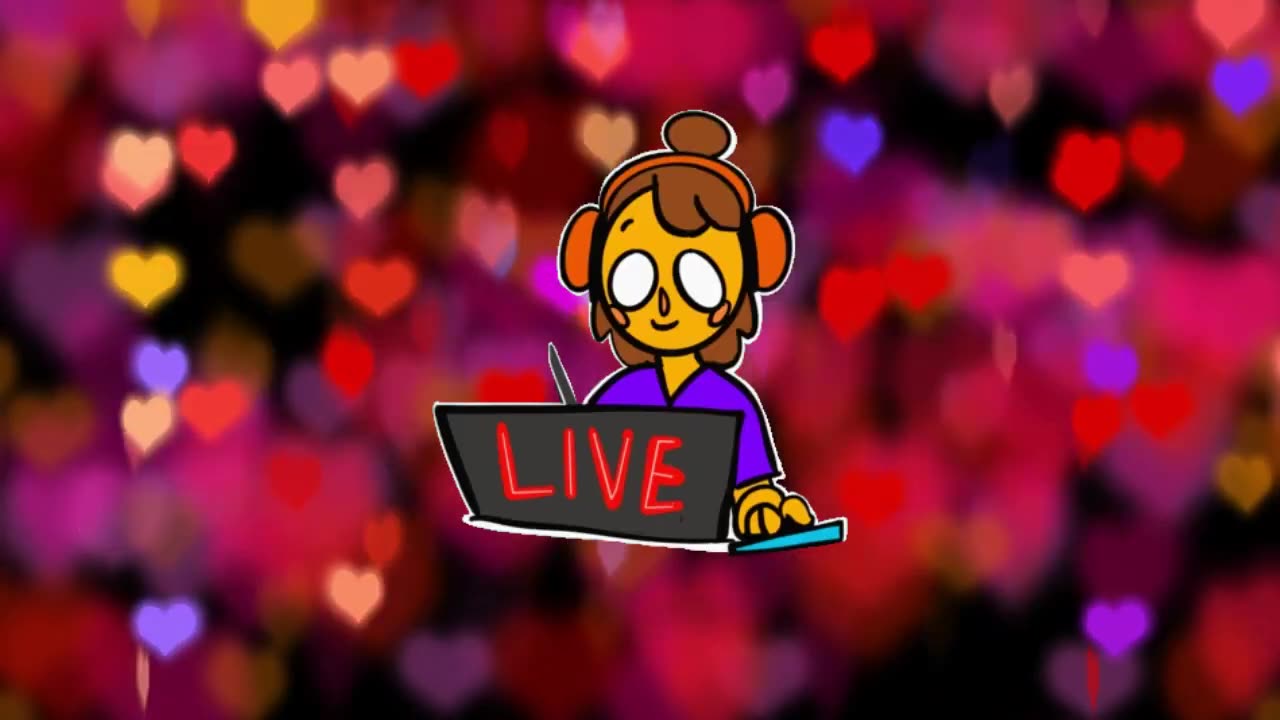
The Folly of Going Live on YouTube: Feeding the Hate Machine.
The concept of going live on YouTube is, in theory, a brilliant way to connect with an audience. It allows for real-time engagement, authenticity, and a direct line of communication between the creator and the viewers. However, in practice, it has become a perilous endeavour, especially for those who have attracted a critical or outright hostile audience. Giving haters an unfiltered platform to spew venom is like willingly stepping into a lion’s den—foolish, painful, and ultimately counterproductive.
The Toxic Nature of a Live Audience.
One of the harsh realities of YouTube is that not everyone tuning in is there to support or enjoy the content. The nature of live streaming means that trolls and detractors have a golden opportunity to launch their attacks in real time. Unlike pre-recorded videos, where a creator can carefully craft their message, moderate comments, and control the narrative, live streams remove that buffer. A creator becomes an easy target, vulnerable to relentless criticism, ridicule, and harassment.
Many YouTubers who have experienced this first hand have either drastically reduced their live appearances or stopped going live altogether. The sheer mental toll of facing an onslaught of negativity in real-time is not just demoralizing—it can be soul-crushing. What was meant to be an interactive experience turns into an arena where haters come to throw stones with impunity.
The Power Shift: Giving Haters the Platform.
Another crucial aspect of live streaming is that it shifts the power dynamic in favour of the audience. While the content creator may have set the stage, the comments section often takes on a life of its own, allowing negativity to dominate. Haters love nothing more than an unfiltered platform to amplify their grievances, spread misinformation, or simply revel in making the creator uncomfortable.
It’s a common sight: a YouTuber attempting to maintain composure while the chat floods with insults, provocative questions, and deliberate attempts to derail the discussion. The haters dictate the flow of the conversation, forcing the creator into a defensive position. It becomes less about delivering content and more about damage control.
The Decline of Live Streams: A Logical Conclusion.
Given this reality, it is no wonder that many creators have abandoned live streaming. The risk-to-reward ratio simply does not make sense anymore. Why subject oneself to unnecessary stress and hostility when other formats allow for more control? Pre-recorded content enables creators to craft their message, edit out negativity, and ensure that their platform remains their own.
Additionally, YouTube itself has done little to curb the toxicity that often unfolds in live chats. While moderation tools exist, they are limited in their effectiveness. The sheer speed and volume of hateful comments can overwhelm even the most prepared YouTuber. It is an exhausting battle with little to gain.
Conclusion.
Going live on YouTube is a double-edged sword, and for many, the cons far outweigh the pros. While it may seem like an opportunity for engagement and real-time connection, it often turns into an open invitation for haters to take center stage. The reality is that YouTube has evolved into a platform where live streaming is no longer the safe, engaging experience it was meant to be. It has become a battlefield, where content creators unwittingly arm their detractors with the very tools needed to tear them down. No wonder so many have chosen to walk away.
-
 16:29
16:29
Sideserf Cake Studio
5 hours ago $1.77 earnedThis Cruise Ship Is A CAKE!
24K5 -
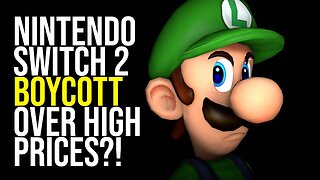 14:49
14:49
Clownfish TV
20 hours agoNintendo Switch 2 BACKLASH! Gamers BOYCOTT Over Pricing?!
16.9K8 -
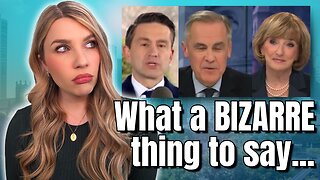 24:17
24:17
JasminLaine
20 hours agoCTV Reporter DESTROYS Carney By Quoting His BOOK—His INSANE Answer STUNS Host
22.7K27 -
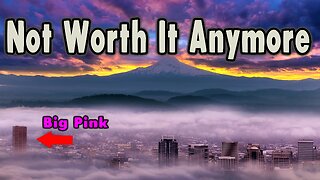 24:47
24:47
World2Briggs
1 day ago $1.04 earned10 Cities Where The High Cost Of Living Just Isn't Worth It
15.3K6 -
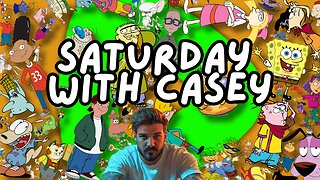 LIVE
LIVE
SoundBoardLord
4 hours agoSaturday Variety Gaming with Friends!!
182 watching -
 8:35
8:35
ARFCOM News
1 day ago $0.44 earnedThis Is How We End The NFA | Booker's Hypocrisy | ATF Facial Recognition
12.7K4 -
 10:51
10:51
IsaacButterfield
1 day ago $0.99 earnedToddler Expelled From School For Being “Transphobic”
13.2K9 -
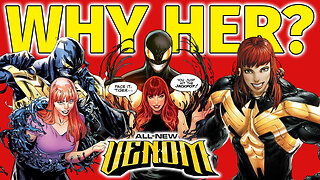 24:52
24:52
Degenerate Jay
22 hours ago $0.18 earnedIs Marvel Ruining Venom Now? Why Is Mary Jane Venom?
7.84K4 -
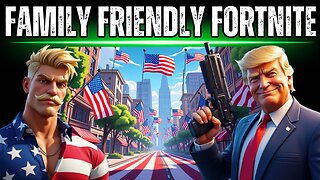 2:11:46
2:11:46
Rotella Games
5 hours agoSaturday Morning Family Friendly Fortnite
14.2K3 -
 1:10:16
1:10:16
Squaring The Circle, A Randall Carlson Podcast
5 hours agoEP043-PT2: A Biographical Look Into The Life of Randall Carlson With Guest Warren Steury
4.42K2